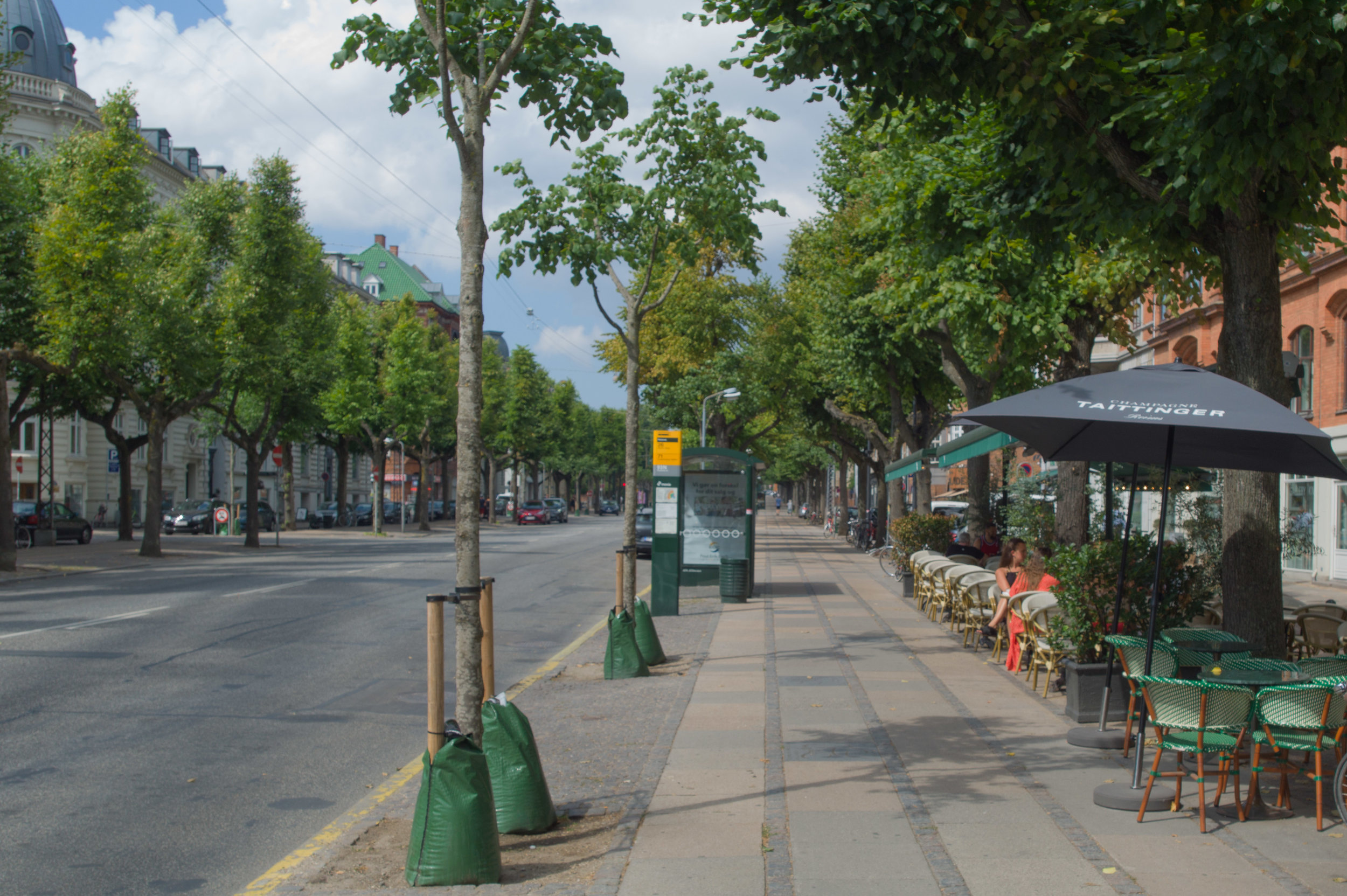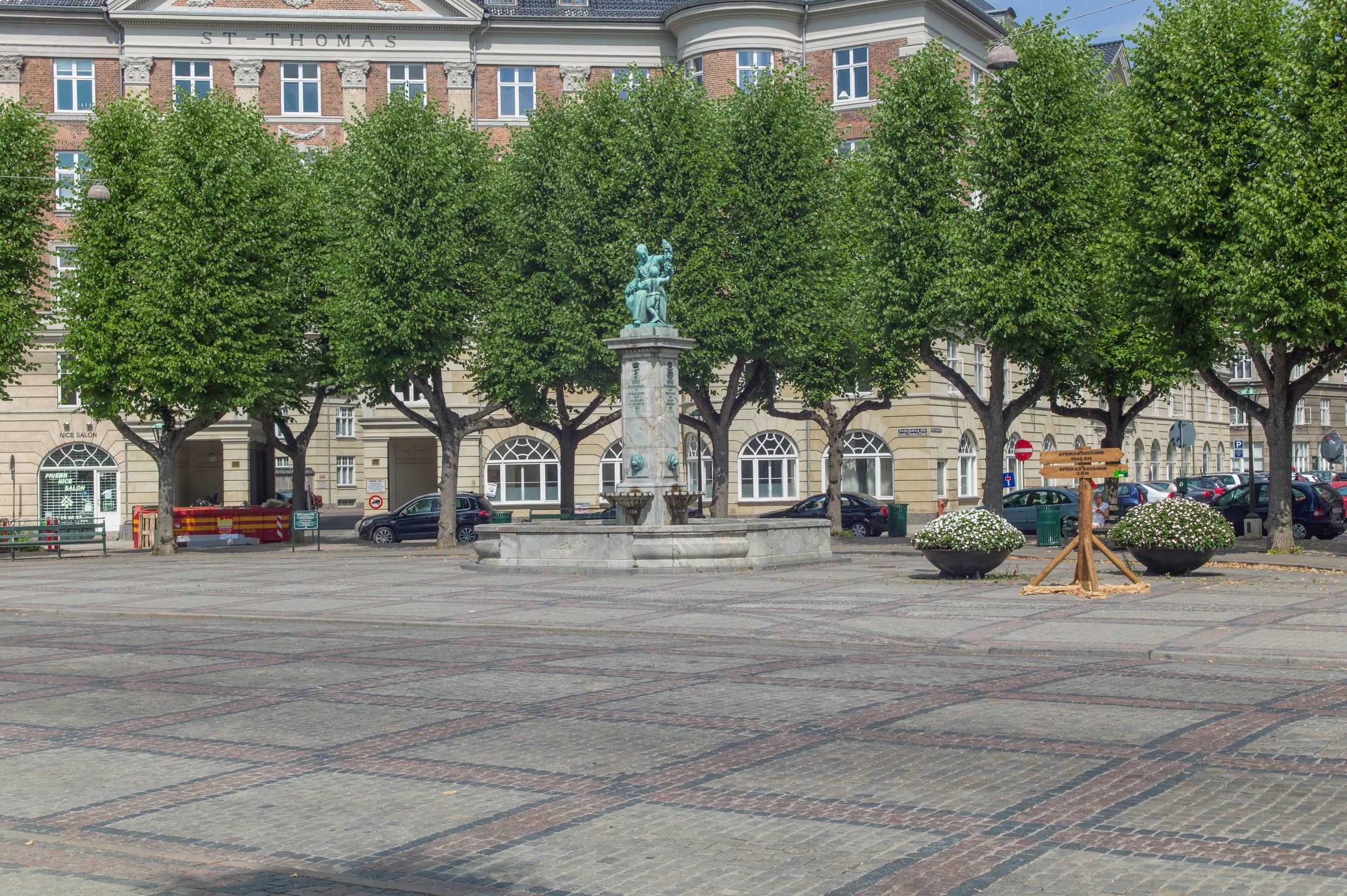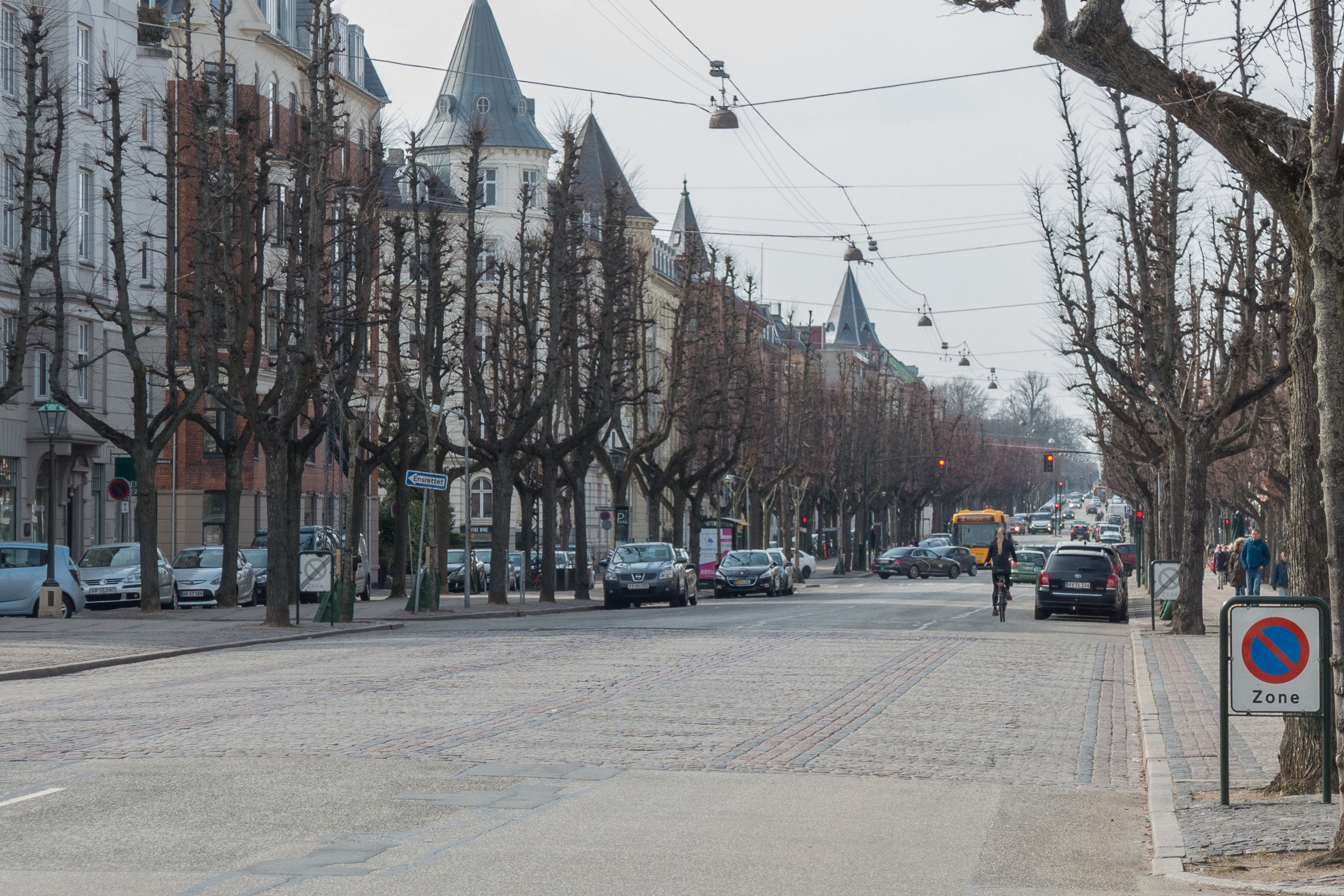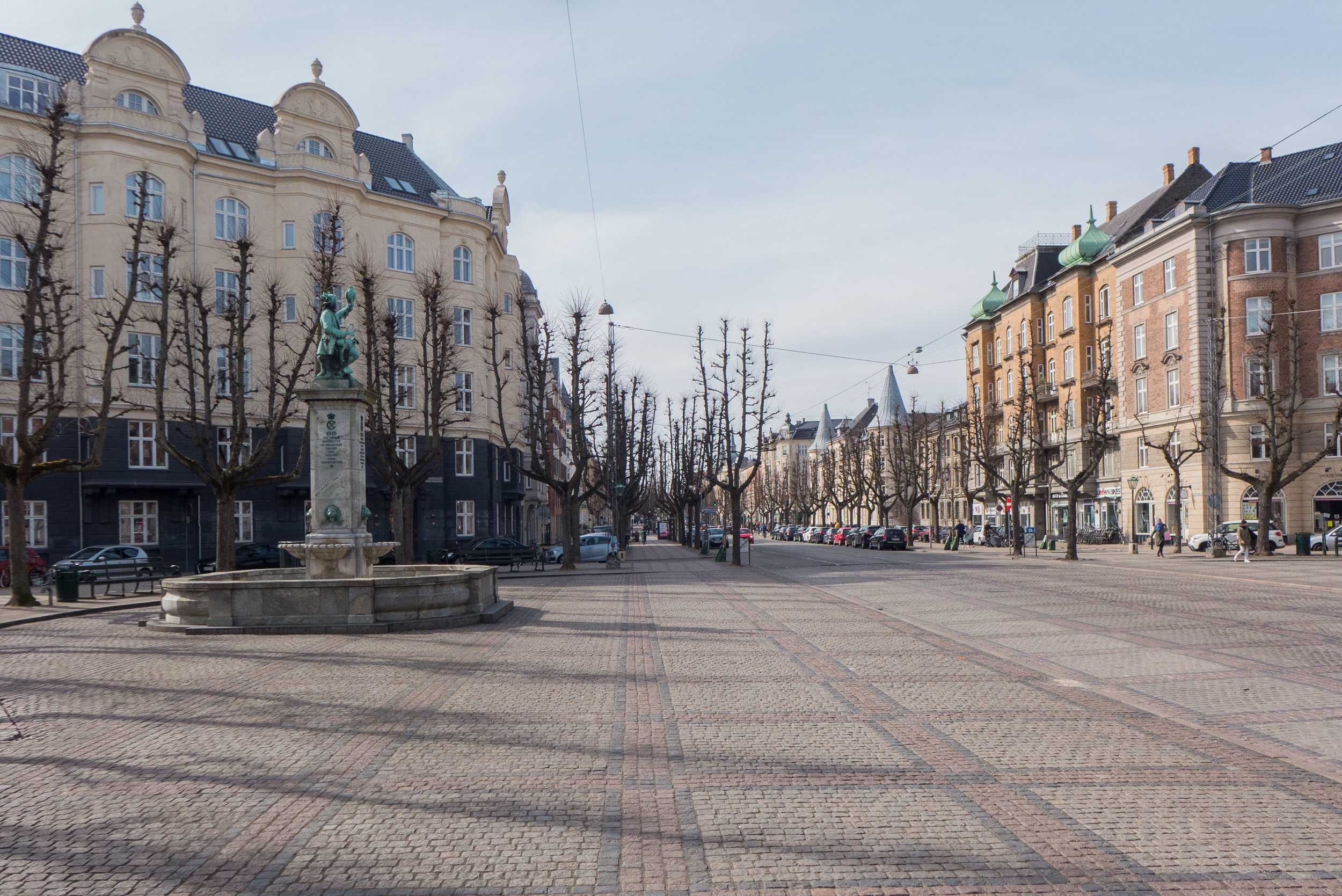Frederiksberg Allé
/when seen in the Winter, it is easier to understand the way in which the lime trees are pruned to keep the candelabra shape
the photographs were chosen to show just how important the paving is along the pavements but also across Sankt Thomas Plads - the circus at the city end of the Allé
above - the stone piers and the gates that closed the Allé at the east end n the approach from the city
below - Sankt Thomas Plads - the circus towards the east end of the Allé
There has just be an announcement that Frederiksberg Allé is to be given special protection and the policy will be to not only retain its present character and to maintain controls on hard landscaping and planting but also to allow appropriate interventions to enhance the urban landscape.
The Allé is a fascinating street with a clear and well-recorded history but it also has a wider significance in the history of the city because it represents a distinct and important phase of urban planning in Copenhagen and it remains as clear evidence for how the royal family used and moved between their palaces in and around the city.
Laid out in 1704 , the road runs west from Vesterbro to the main entrance to the park and gardens of the royal palace of Frederiksberg. It was a private road that was closed by a gate with substantial stone gate piers at the city end.
Maps from the 18th century show the road as a broad tree-lined avenue with open fields on either side but, even then, the circle or circus of Sankt Thomas Plads is obvious and there was a large open space at the west end, in front of the gates to the gardens of the palace.
The avenue is now famous for the double lines of lime trees that are pruned to a candelabra shape.
There is a wide central road with the double avenue of trees on each side, each with a broad pavement down the centre between the trees, and then secondary or service roads, outside the lines of trees, with wide pavements immediately in front of the buildings. From Sankt Thomas Plads to the gates into the palace gardens is just over a kilometre and the avenue from building front to building front is around 40 metres wide.
the gateway to Frederiksberg at the west end of the Allé
around Christmas, the square in front of the gates to the palace park and gardens is flooded and frozen for ice skating
apartment buildings on the north side of the Allé and a detail of the elaborate architectural decoration
looking across the Allé and down a side street shows how, immediately behind the apartment buildings, the scale of housing changes with villas set in well-established gardens
Most of the buildings along the road are large apartment blocks that date from the 19th century with many having ornate facades and they are particularly fine examples of the type so clearly the avenue was considered to be a prestigious place to live.
It was established, from an early stage, that this was an area for people to walk - to promenade - and to be entertained so there were theatres, pleasure gardens and cafes along the street.
above - the Alhambra pleasure gardens that were on the north side of the Allé
below - the surviving theatre on the south side of the Allé
To either side of the avenue are well-kept streets that run back from the Allé with villas, many of a high quality, in terms of their architecture, and most with well-established and well-planted gardens.
note:
The route of the new metro line cuts across the Allé near the centre where there will be a new metro station. As with so many other areas of Copenhagen, the metro station will create a new dynamic to the Allé itself and to the area around.
















